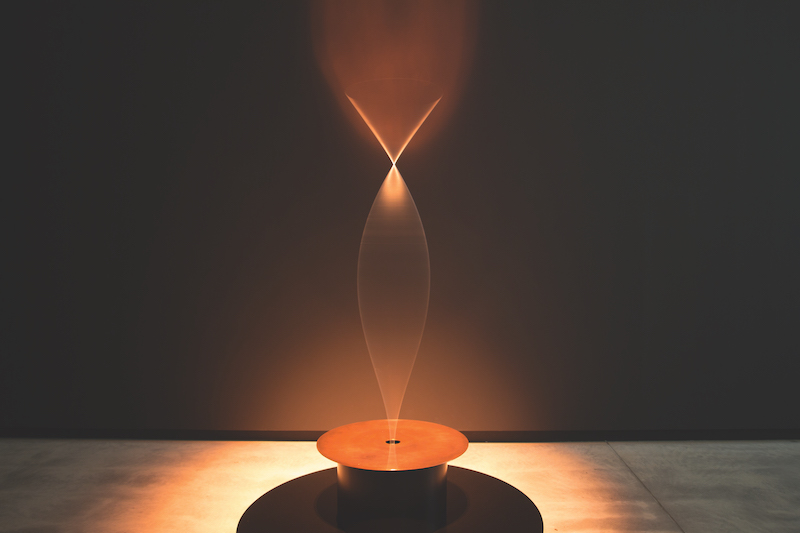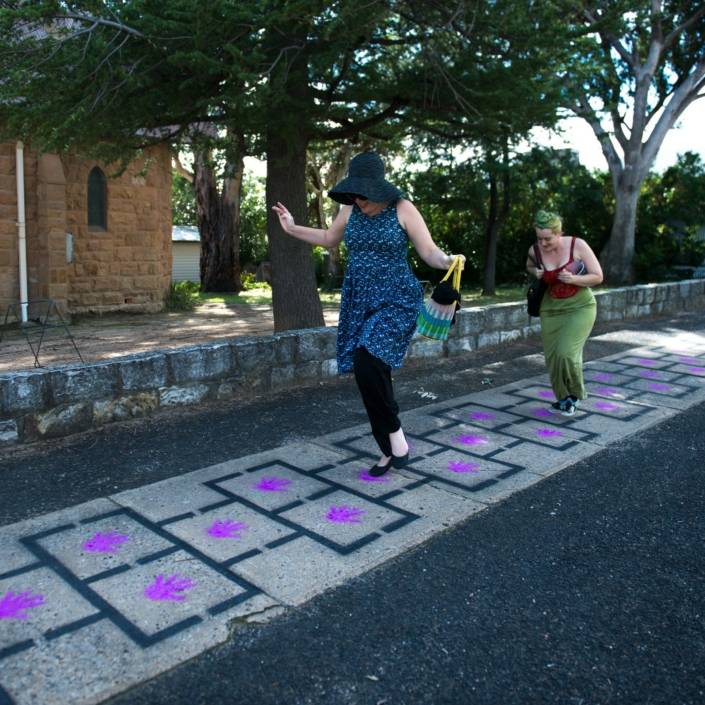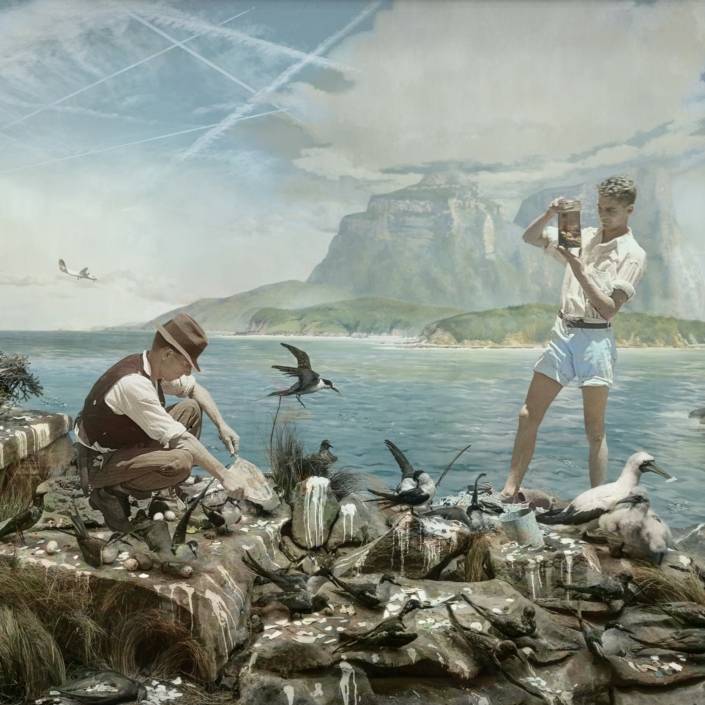Sydney Contemporary 2018: Meet the gallerists
Three members of the selection committee for Sydney Contemporary 2018 have the scoop on what collectors can expect from this year’s fair, and what it may say about contemporary art today.
Words: Louise Martin-Chew
Art fairs are well-known for their clash of aesthetic styles and voices, often overwhelming size and level of commerce. Yet the competition to be part of these events is increasingly intense, with art fairs shedding their old meat market reputation through tighter curation and choreography, to become intergral feautres of the annual calendar for many a commercial gallery.
Sydney Contemporary, Australasia’s largest fair, will this year house more than 80 galleries from Australia, New Zealand and further abroad. Within the industrial walls of the Carriageworks venue are program sectors, including Installation Contemporary, Paper Contemporary, Video Contemporary, Talks Contemporary, Performance Contemporary and Kid Contemporary, in addition to an iteration of Patricia Piccinini’s installation The Field (first seen at her solo exhibition at Brisbane’s Gallery of Modern Art). Offsite, Sydney Contemporary at Barangaroo will present site-specific temporary works that promise to enliven the dining and accommodation precinct for the duration of the fair.
Selection committee members John McCormack of Auckland’s Starkwhite, Ursula Sullivan of Sullivan+Strumpf, Sydney and Singapore, and Roslyn Oxley of Sydney’s Roslyn Oxley9, each art fair veterans, express themselves as satisfied with the mix of galleries to be experienced by collectors at this year’s fair.
Each dealer has views about what is most important. “We look to individual artists’ practices, but it’s more about curating galleries into an event, providing the mix required to engage a wider audience, as well as particular communities of interest, like collectors and exhibition makers,” notes McCormack. “Ultimately, you rely on a fair to pick the right galleries to achieve that.” Oxley is compelled by the way in which the individual galleries come together, and their substance: “We look at the individual stands, their uniqueness, and inventiveness. You want a fair to be diverse and exciting,” she says.
Standards need to be met, with each of the gallerists acknowledging that their own interests are less influential than the needs of the fair as a whole. “Participating galleries have to bring artists of a certain standard, not in the sense of emerging versus established (as both are sought after), but those relevant to broader contemporary art practice,” notes Sullivan.
A fair is pitched at art buyers, art collectors (which McCormack sees as groups with different approaches to acquiring art), but also curators, institutions and those visiting for the first time. As Oxley asserts: “Collectively, it is a fantastic way to get an overview of the status quo of the art world in Sydney and internationally. This year is a very good year. It shows what is happening, and an increased awareness of Asia.”
The selection also reflects the diversity of the intended audience. As McCormack suggests, “within a broad conversation are lots of little ones, offering different perspectives on the direction of contemporary art. Putting the gallery first makes it possible to shape a rich tapestry of artists and galleries that work for a diverse audience.” The primacy of the commercial gallery in brokering new art to audiences is also in the forefront of his mind. In his view, “the fair succeeds when it is not just a collection of artists that catch the eye of jurors, but rather when it becomes something more akin to an exhibition profiling a wide range of contemporary and historical art from Australia and the Asia-Pacific region”.
Each of the selectors’ high-profile galleries will contribute to the fair’s diversity. Starkwhite presents “art in motion” with the work of Len Lye and Rebecca Bauman. They are, according to McCormack, “eye-catching works that perform for the viewer. Len is New Zealand’s greatest experimental film maker and kinetic artist. Rebecca is an Australian rising star and they will be presented side-by-side to highlight their approaches to composing motion.”
Sullivan+Strumpf will showcase work by stable artists who have recently achieved significant milestones. Collectors can expect work from Tony Albert, fresh from his recent survey at the Queensland Art Gallery / Gallery of Modern Art, Sam Leach, “who has recently done an incredible project for Adelaide’s MOD”, says Sullivan, as well as paintings from the late abstractionist Sydney Ball and works from new stable artist Dawn Ng.
Oxley will show new works by Piccinini, Mikala Dwyer, Jenny Watson and Gareth Sansom, together with a major piece by Isaac Julien and a never-before-seen photographic work by Bill Henson. A spectacular chandelier titled 2 Drop (2013) by Bill Culbert has been curated into the Installation Contemporary program, first conceptualised for the 55th Venice Biennale in 2013. Also included in this year’s Installation Contemporary is an exhibition of acetate works by Roslyn Oxley9 stable artist Nyapanyapa Yunupingu.
For all three, Sydney Contemporary offers something unique and important. Sullivan believes it showcases “the whole region in a day”, while it’s Oxley’s view that “Carriageworks is one of the greatest fair venues in the world. It has different rooms and discrete offerings, but also parking, food and atmosphere!” McCormack concludes with the fair’s increased global reach, noting Sydney Contemporary is an event “important for the future of the Australian art world”. n
Image: Len Lye, Rotating Harmonic, 1959. Steel rod, motor, copper and wooden base, 22 x 47.2 x 47.2cm. Courtesy: the artist, the Len Lye Foundation, Govett-Brewster Art Gallery, New Plymouth and starkwhite, Auckland.







